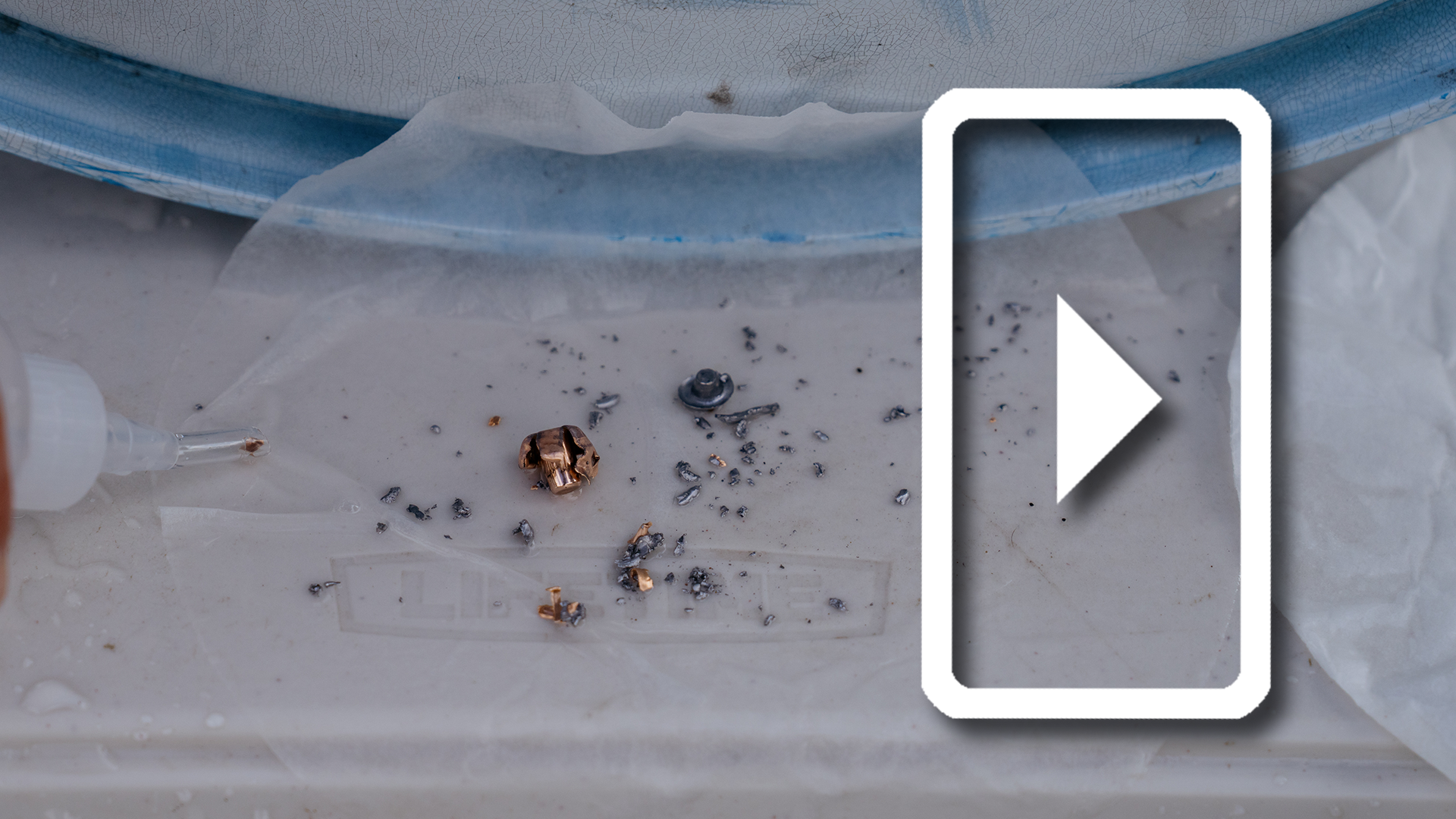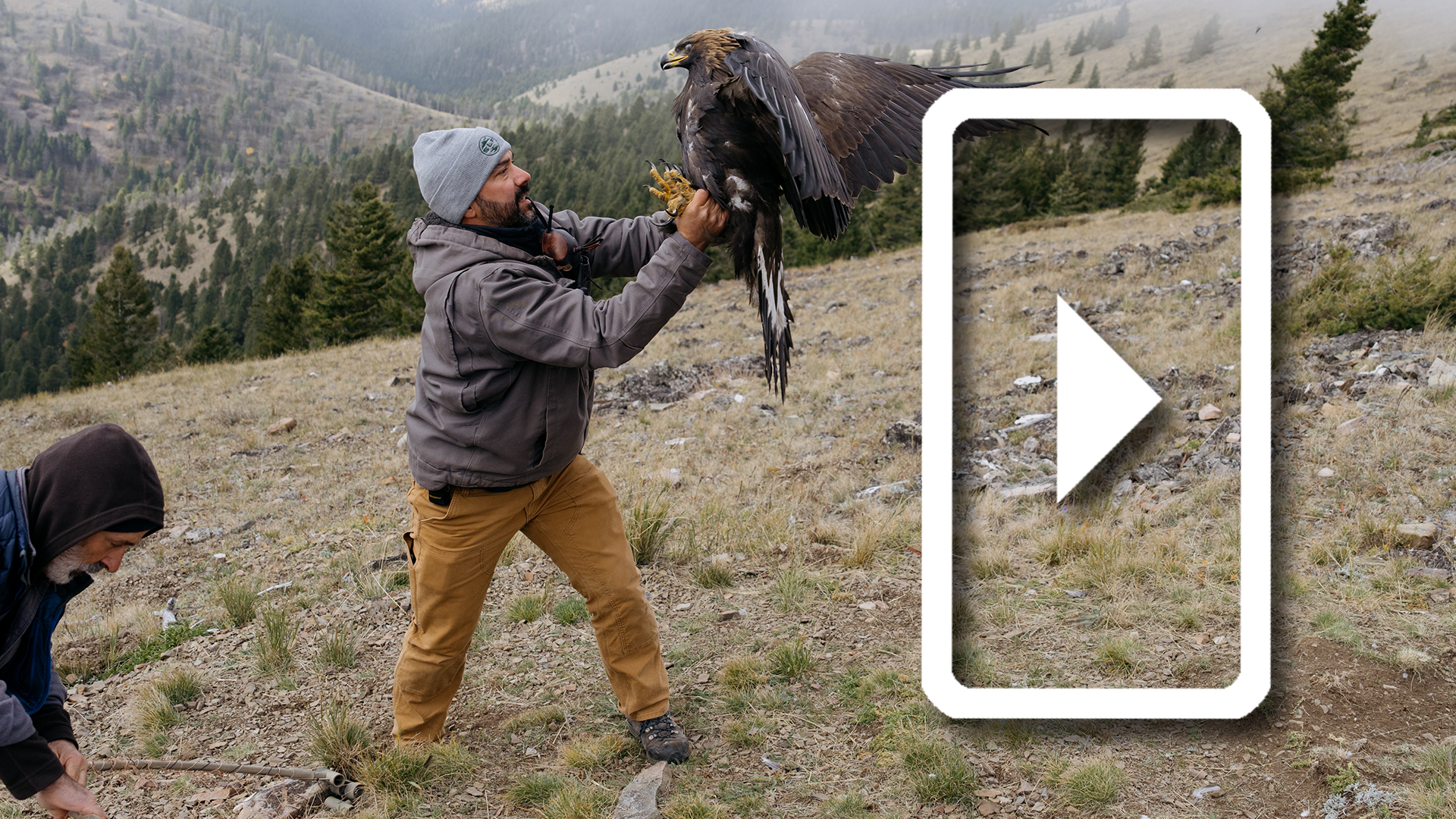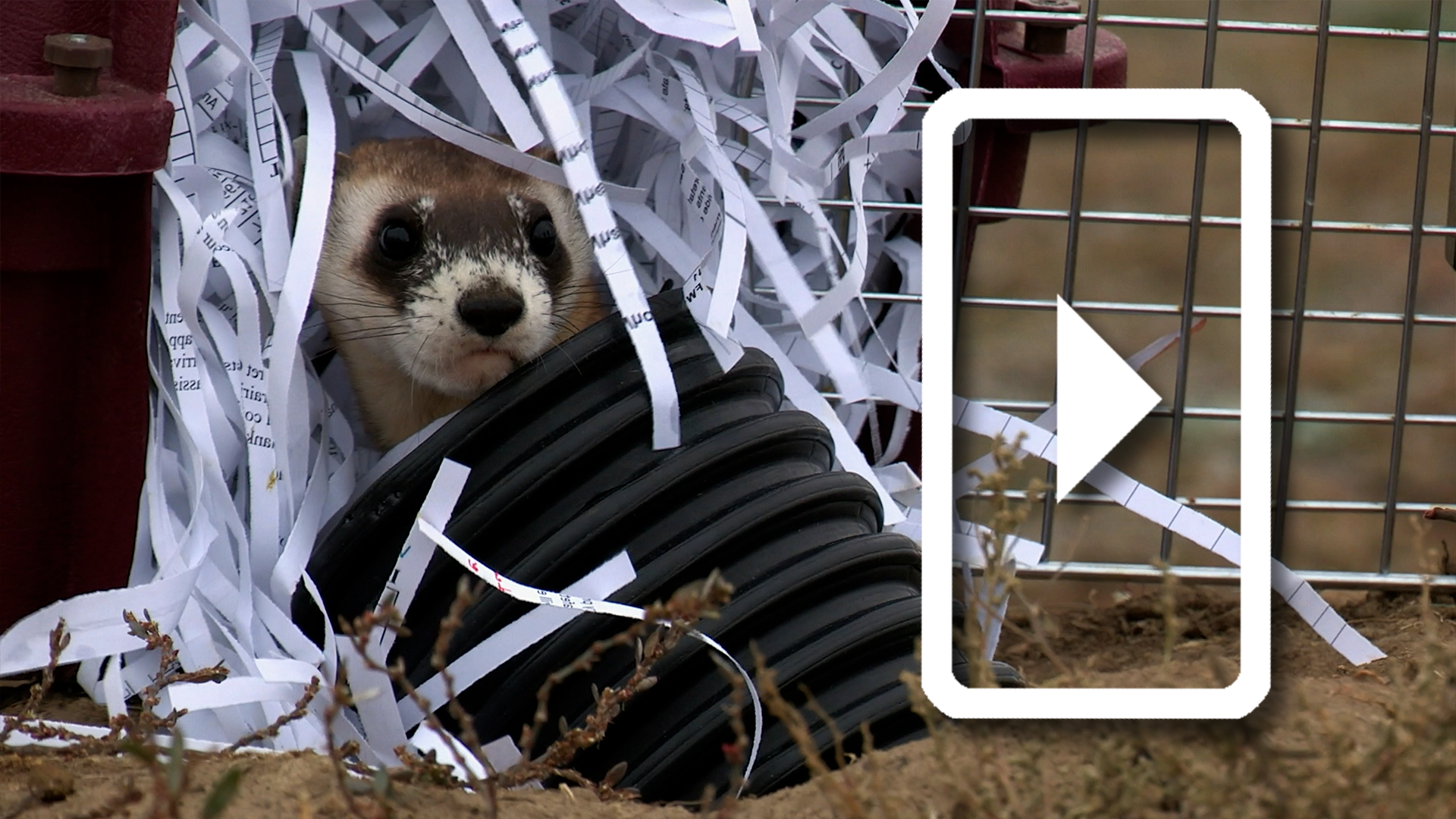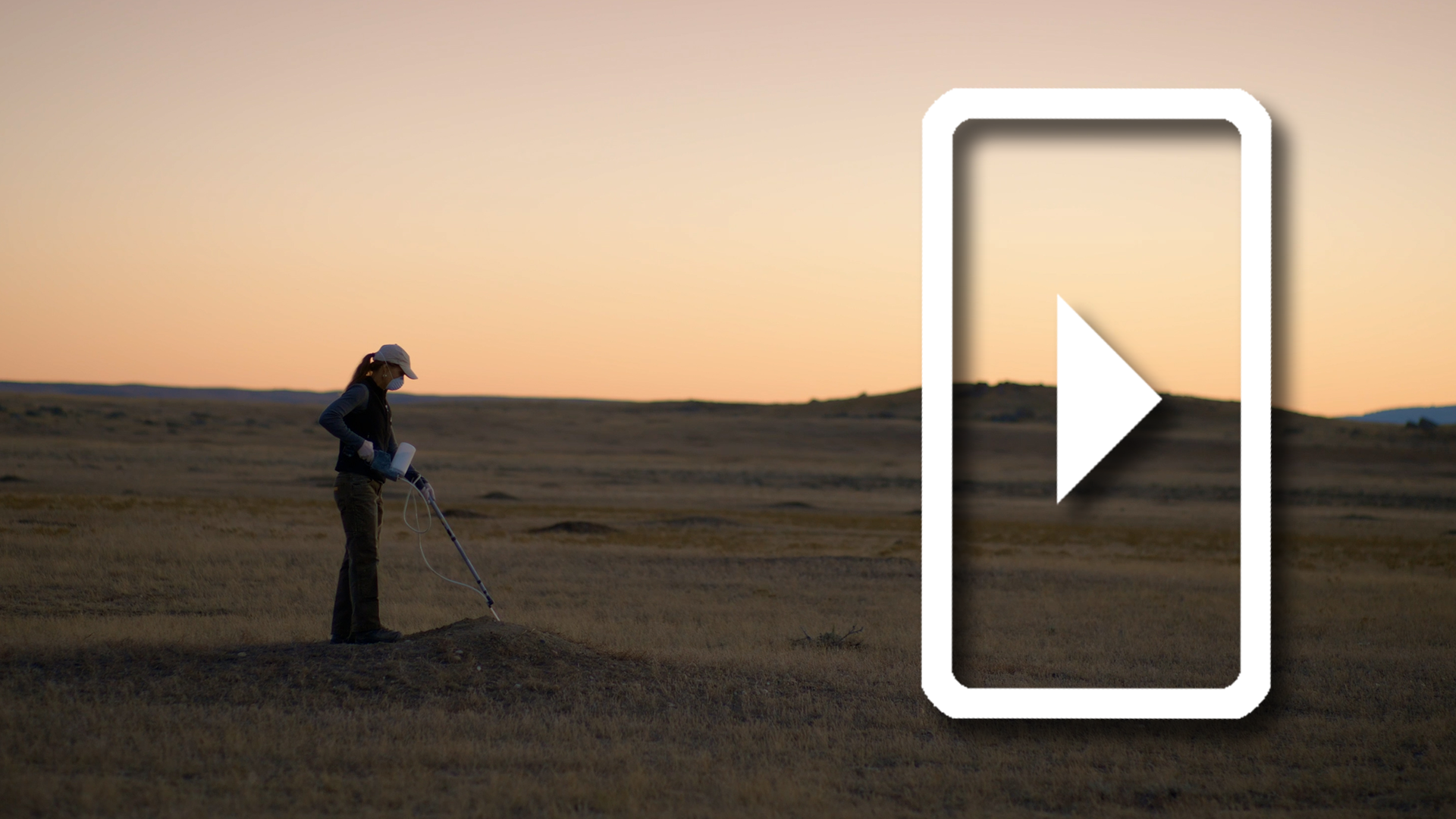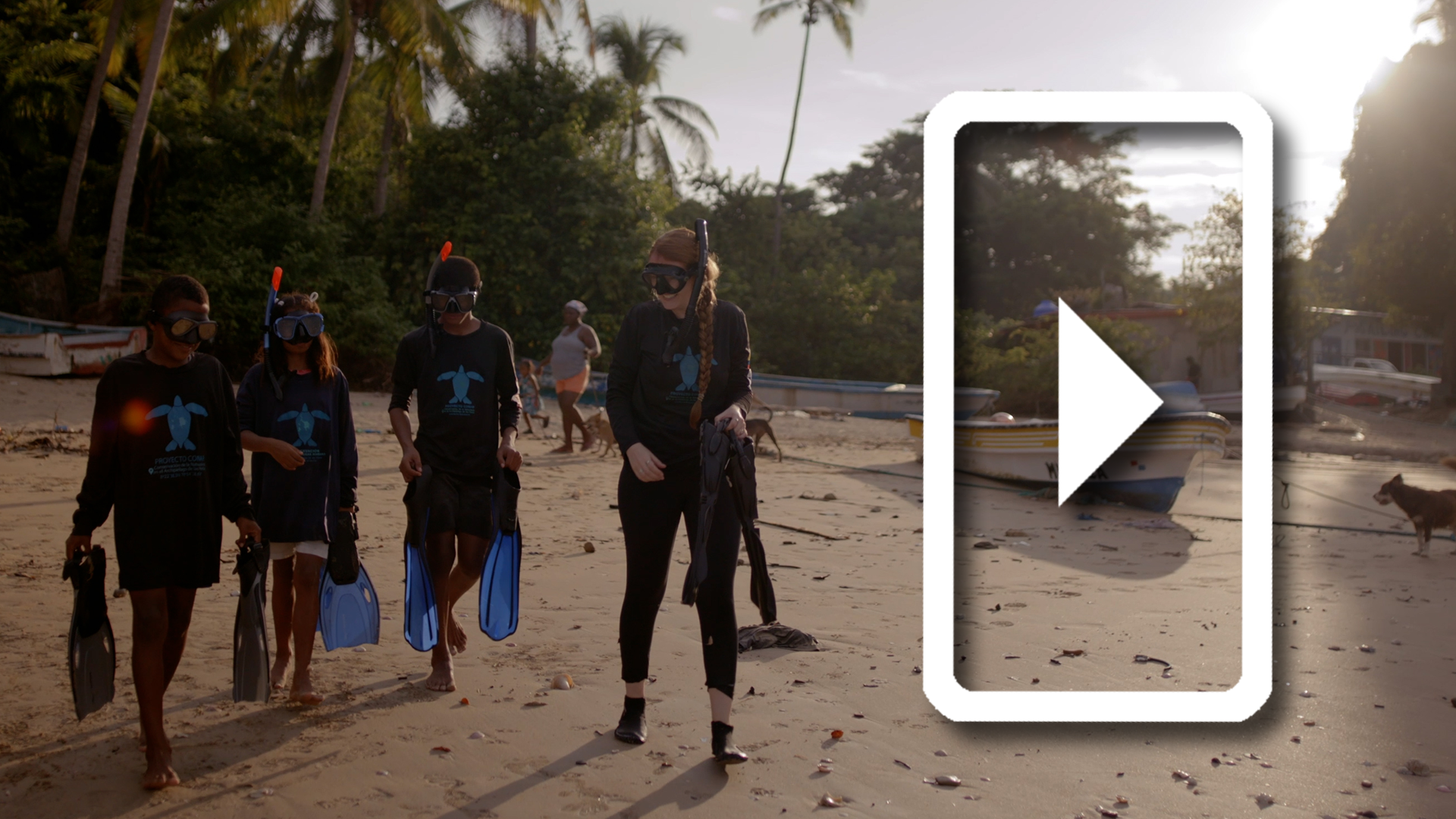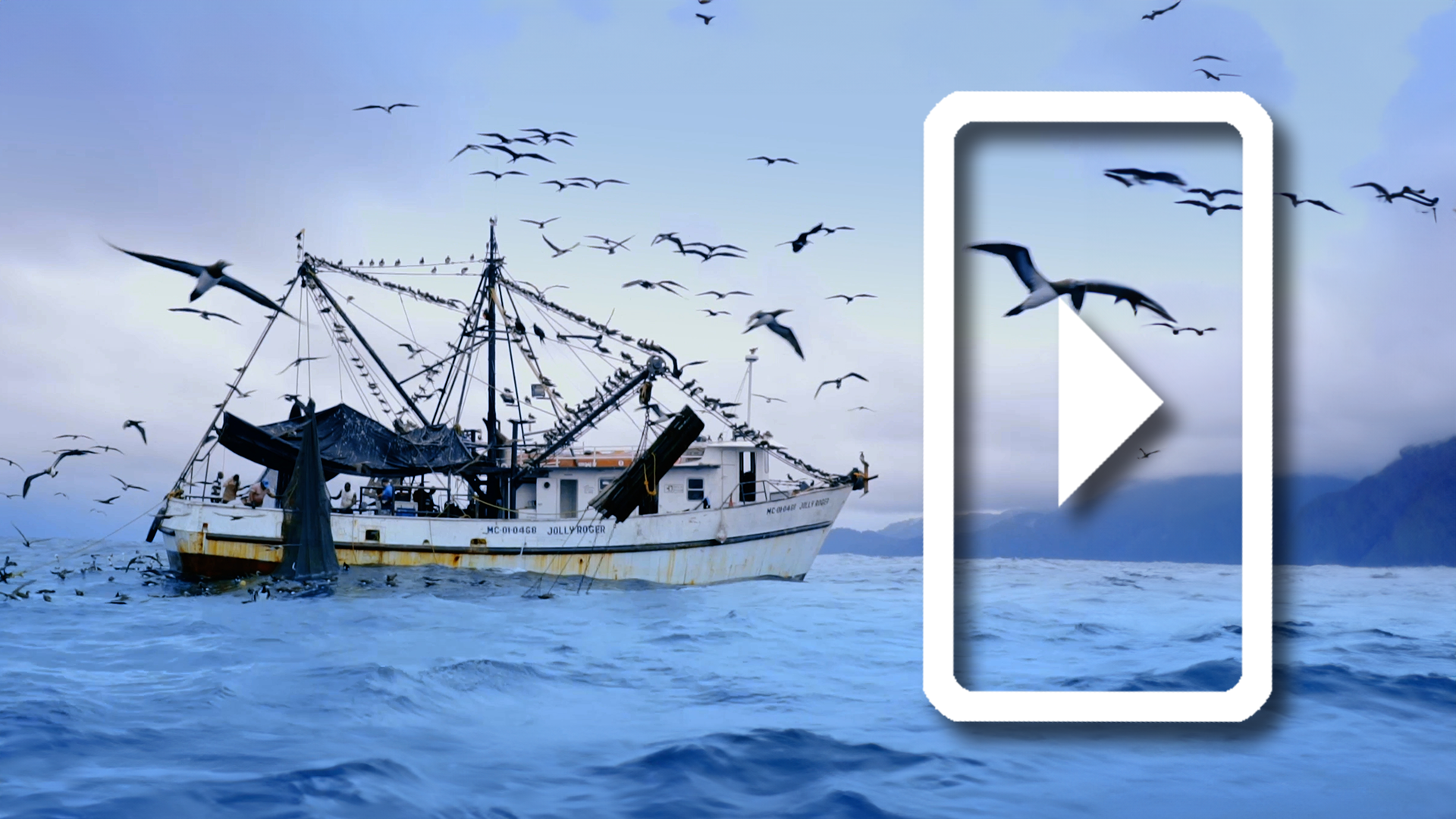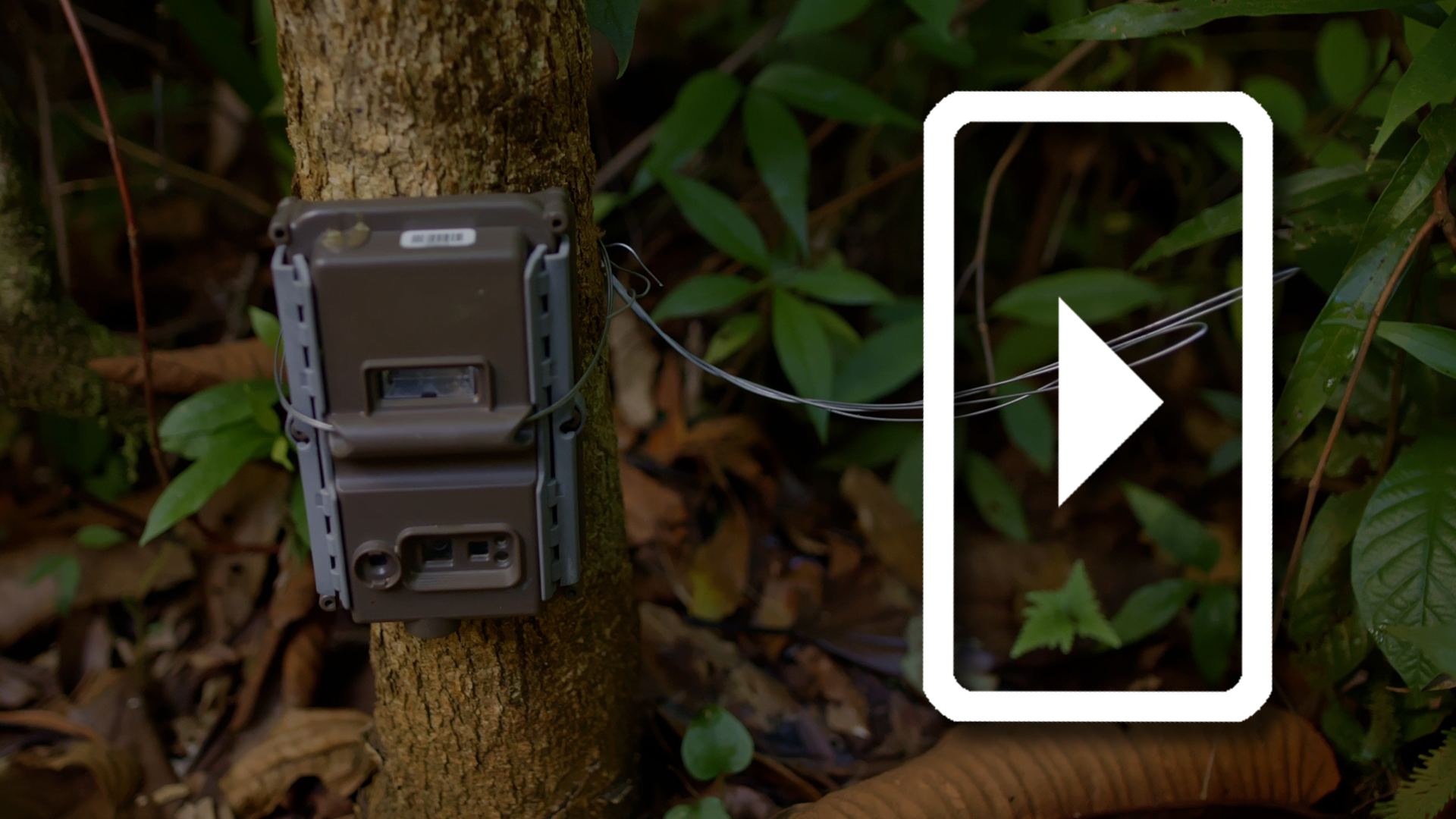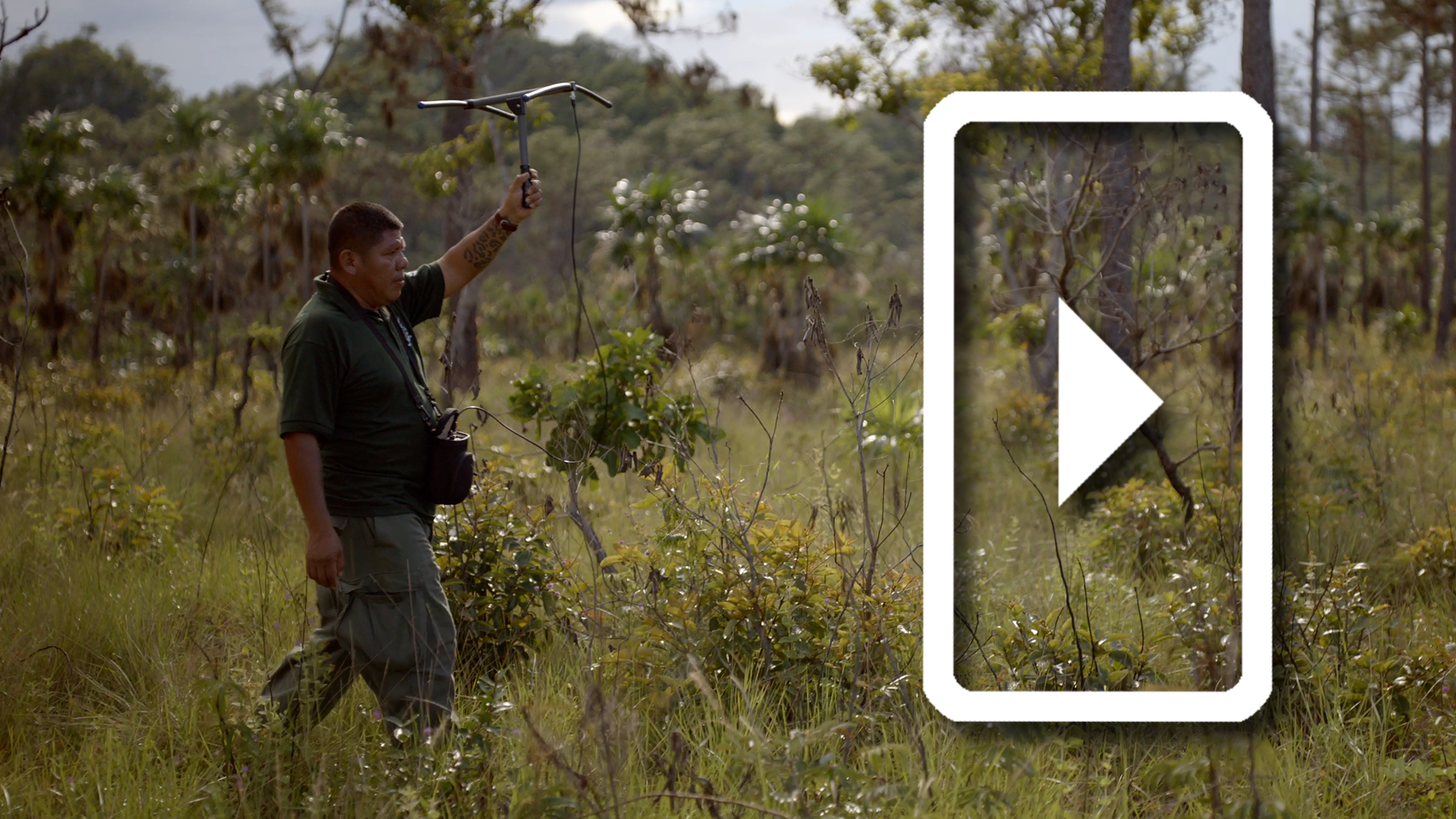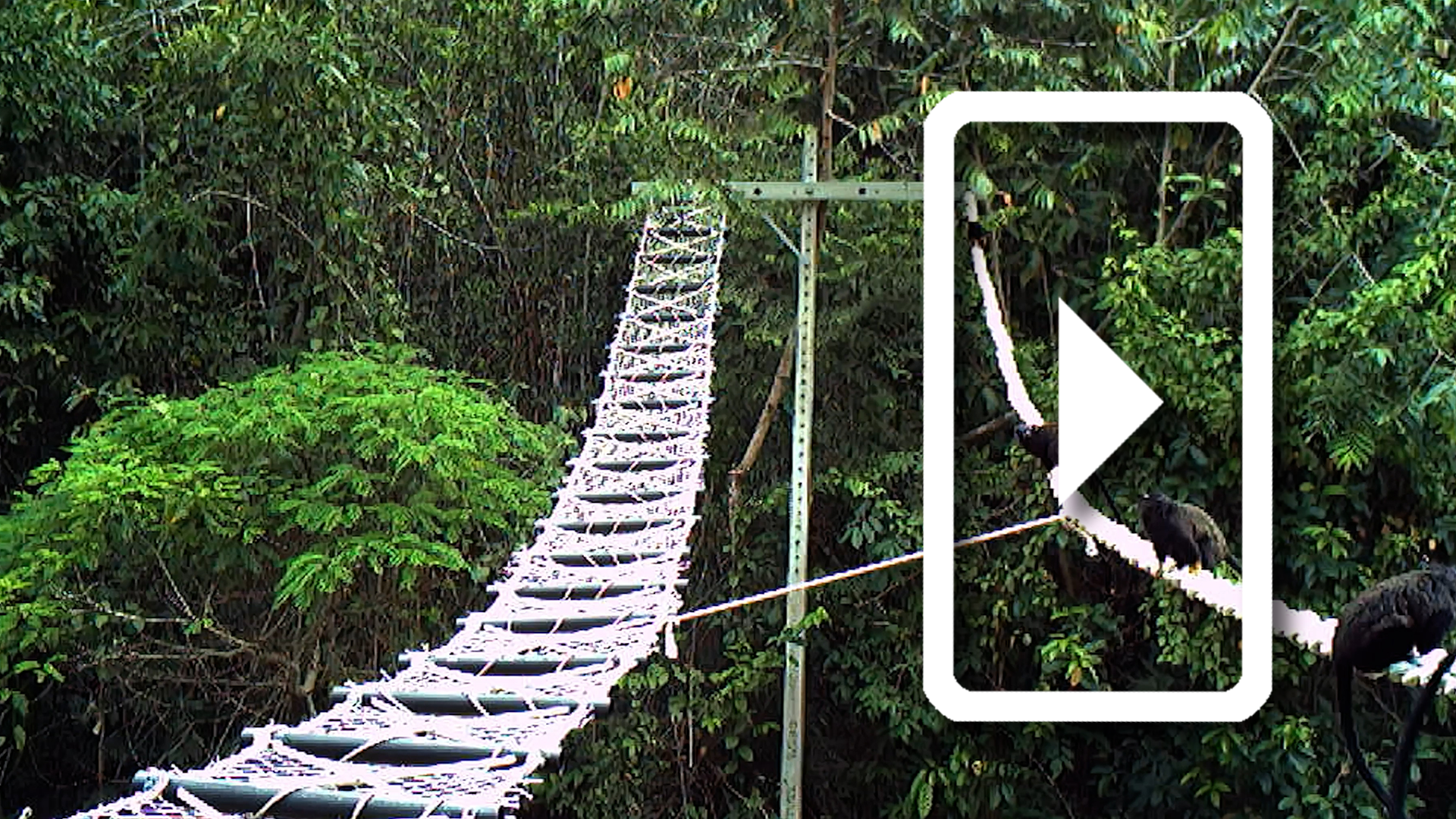Archives: Highlights
-
The Great Pacific Garbage Patch Cleanup
Boyan Slat’s team at The Ocean Cleanup has developed and deployed an open-ocean system that can haul in 7000 kilos of garbage in just a day and a half. Their current target is the Great Pacific Garbage Patch. The hope is that a fleet of these systems will remove 90% of floating ocean plastic by…
-
Why Sport Lead Free?
Conservationist and hunter Bryan Bedrosian started Sporting Lead Free to offer a solution to the problem of lead poisoning in eagles: advocating for the use of non-lead bullets as a permanent substitute for traditional lead ammunition.
-
Lead Poisoning in Eagles
Nearly half of all golden eagles and bald eagles in the U.S. have elevated lead levels in their bodies. This lead poisoning comes from the bullets used by hunters — not because the bullets harm the eagles directly, but the birds do scavenge on “gut piles” laden with lead fragments left behind after successful hunts.
-
Vaccinating Black-Footed Ferrets
Black-footed ferrets nearly went extinct several times in the 20th century. Today, the current largest threat to their survival is a non-native disease called sylvatic plague.
-
“Fip Bits” for Prairie Dogs!
When plowing, poisoning, and non-native plague wiped out nearly 95% of prairie dogs, the ecosystem collapsed around them. Today, conservationists control the disease by providing vaccine-laden treats called “Fip Bits” to help the prairie dogs — and those that depend on them — finally rebound!
-
Turtle Tracking for the Future
Panama recognizes the rights of sea turtles under national law, including their right to a healthy environment. To figure out which places are critical to the turtles’ well-being, biologist Callie Veelenturf and children from affected communities are tagging dozens of turtles and tracking them by satellite.
-
A Community Saves its Seas
The Pearl Islands were a paradise off the Pacific coast of Panama, until industrial fishing fleets threatened fish stocks and endangered wildlife there. Local residents have teamed up with biologist Callie Veelenturf to propose—and pass—a new national law that grants legal rights to nature itself.
-
The Hidden Lives of Jaguars
Conservationists worldwide use camera traps to study the movements of wild animals. In Belize, they’ve deployed one of the longest-running grids of cameras on the planet to track the hidden lives of jaguars and to focus protections in the dwindling rainforest.
-
Jaguars Walk a Dangerous Path
Jaguars are top predators that need large spaces in which to live and hunt. In Belize, 35% of the land has been protected—but these areas are divided into two large clusters, connected by a crucial and dangerous bottleneck that the cats must navigate to survive.
-
Bridging Brazil’s Treetops
The Brazilian treetops are full of creatures like monkeys and sloths living high above a forest floor segmented by dangerous roadways. The Via Fauna team is installing arboreal crossings made of cheap, local materials to reconnect the forest canopy — and allow these creatures to once again move freely throughout their landscape.

